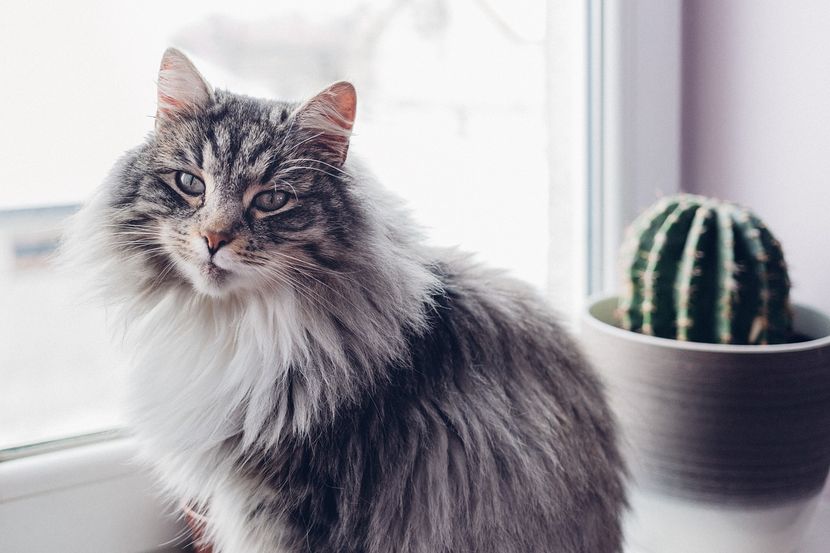
If you are an animal lover and you have a dog or cat that you live with, but it causes you problems in the form of sneezing, coughing, rashes, etc., you can help yourself
If you start sneezing as soon as you come near a dog or cat, you are not alone, writes Geico. Angel Waldron, director of communications for the Asthma and Allergy Foundation of America, says it doesn't even matter if the animals have long or short hair.
Namely, it's not fur that makes us sneeze, but tiny, microscopic flakes of skin, known as dander, that exist even in hypoallergenic animals, such as hairless dogs and cats. Symptoms can range from mild to severe and may include one or more of the following: sneezing, itching, watery eyes, skin rash, throat irritation, cough, and difficulty breathing.
Unlike seasonal allergies that occur at a specific time and then go away, pet allergies are a year-round problem. In the most harmless cases, this allergy bothers you and can negatively affect concentration and productivity. If you already suffer from asthma, pet allergies can make your symptoms worse or even cause a serious asthma attack.
In order to be sure of what is bothering you: pets, pollen or something else, it is best to visit an allergist. If it turns out that your pets are indeed causing your allergies, Waldron says there are a few precautions you can take to rid your environment of potentially harmful pet allergens.
Provide a pet-free zone
Keep dogs or cats away from, not on, next to, or under your bed. In fact, the entire bedroom where you spend a third of your time should be for human beings only.
Remove fabric and textiles
Thick carpets and curtains can trap dander that causes allergic reactions. It is better to have hardwood floors and blinds that are easy to clean, as well as a sofa made of leather or with covers that can be washed at 50 degrees Celsius or more. Carpets and rugs that you can easily wash are better than those that cannot be washed.
Clean often
Vacuum at least once a week and wear a dust mask when you do it because you'll be picking up allergens every time you clean. Use a vacuum cleaner that has a filter certified as HEPA (they remove large amounts of dirt particles). This means that, unlike conventional vacuum cleaners, it will pick up even those particles that you cannot see, such as pet dander.
Change air filters often
The air filters also come with HEPA certification, which means they are made to trap even the tiniest allergens. Change them at least once every 60 days. To prevent the transfer of particles from one room to another, place a layer of gauze over the ventilation openings.
Bathe your pet at least once a week
Your pet may not like it, but bathing them will help remove dander particles that can collect on the skin and get trapped in the fur.
Showering before bed
Showering in the evening will prevent you from sleeping in any pet dander you may have been exposed to during the day. Make sure you wash your hair because it can quite attract those particles that will get trapped in it.
Pet carrier in your car
Of course you are indoors together, so a carrier won't prevent airborne dander from your pet into your lungs, but it can still help. Keeping pets confined in this situation is also good for the reason of preventing them from distracting you while driving.
Visit an allergist
If your pet's allergy is interfering with your daily functioning, you may need to see an allergist to determine which therapy is best for you. Your doctor may recommend over-the-counter medications or, perhaps, something much stronger.


